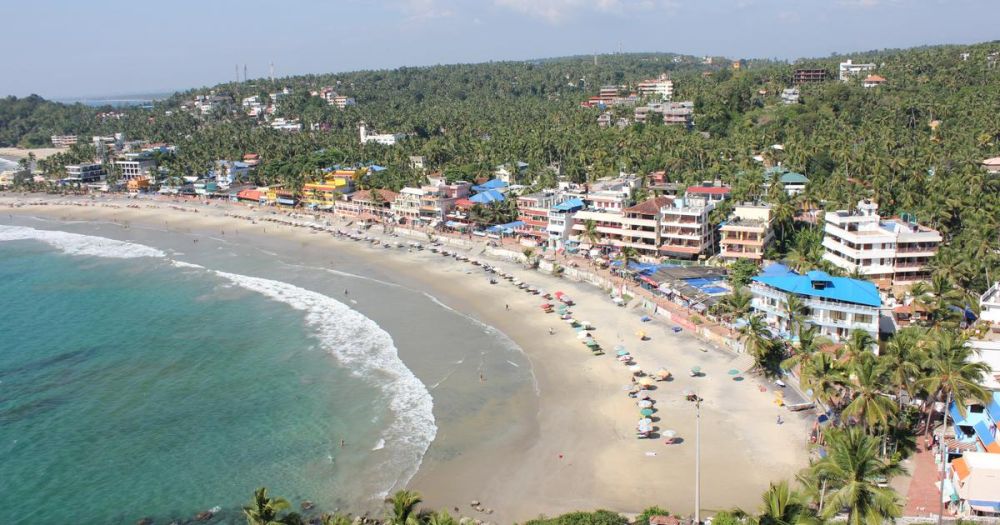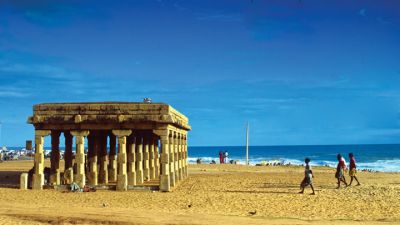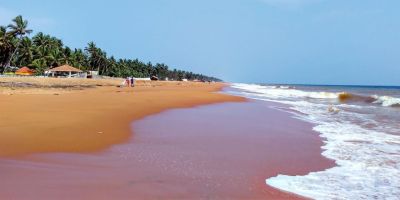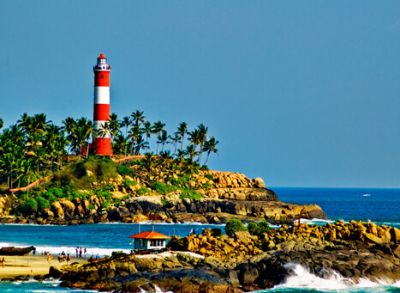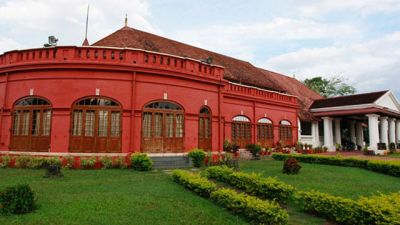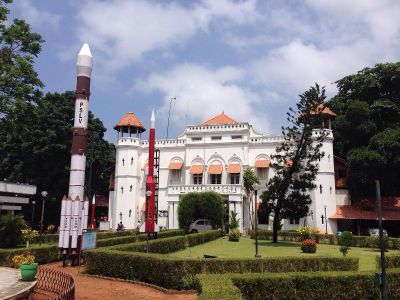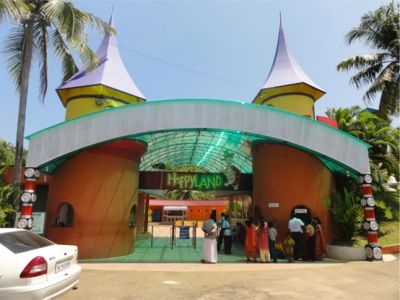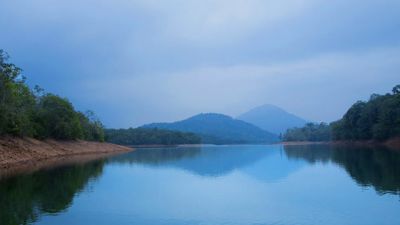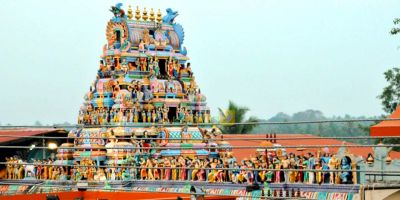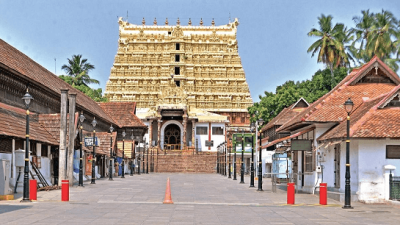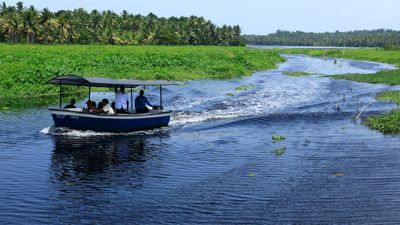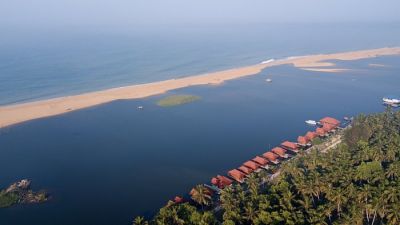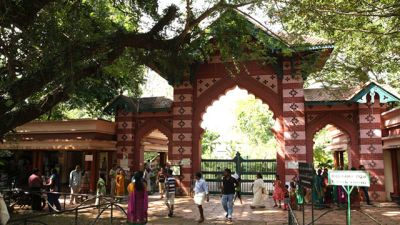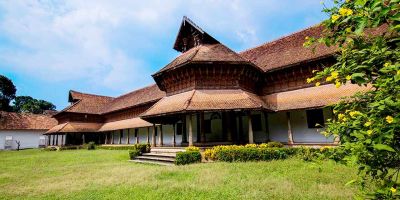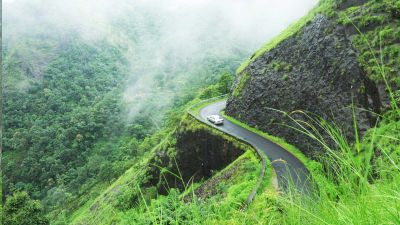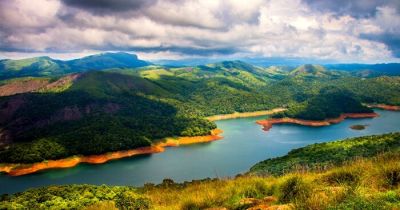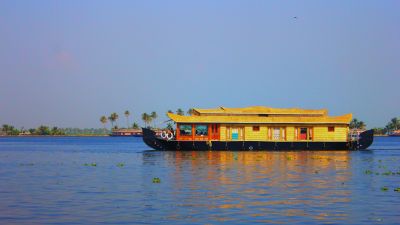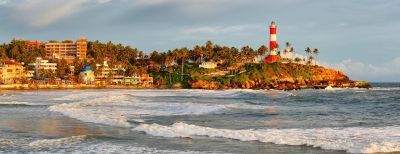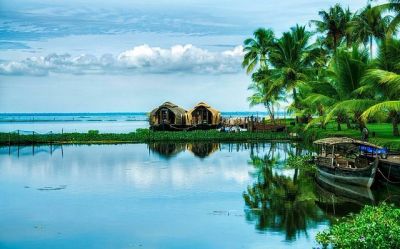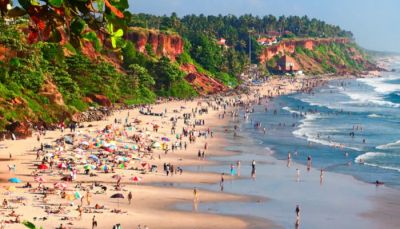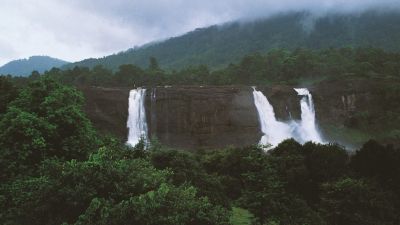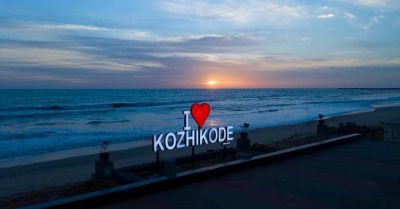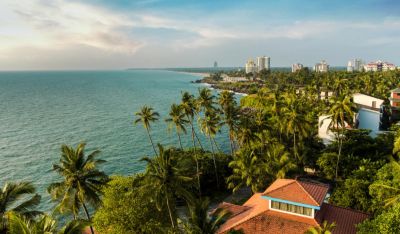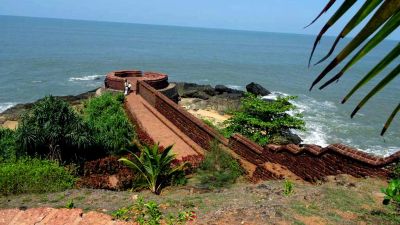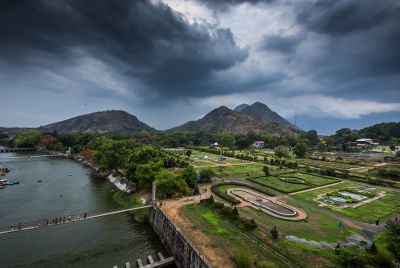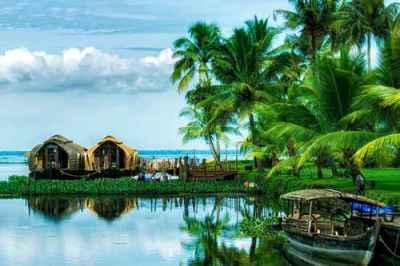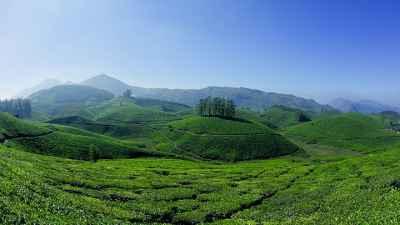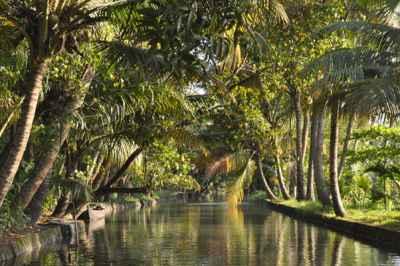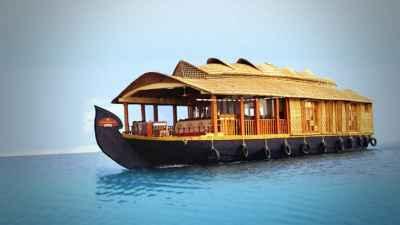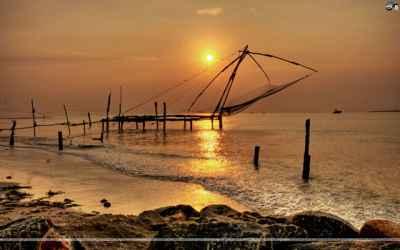History of Kovalam Beach Tourism
Kovalam began its journey as a quaint fishing village, nestled along the picturesque coastlines of the Arabian Sea in the southern state of Kerala, India. Often referred to by its anglicized name, Trivandrum, the city of Thiruvananthapuram played a pivotal role in the development of Kovalam Beach as a sought-after tourist destination.
The transformation of Kovalam Beach into a tourism hotspot can be traced back to the 1930s, when its potential was first recognized by the then Maharaja of Travancore, who decided to bring this gem to the limelight. The construction of Halcyon Castle in 1932 marked the beginning of Kovalam's journey to fame. Initially serving as a retreat for the royal family and their European guests, it helped to establish the beach’s reputation as a luxurious escape.
However, it wasn't until the 1970s that Kovalam truly began to gain international recognition. The allure of its pristine beaches, dotted with swaying palm trees, clear blue waters, and the introduction of hippie culture brought a sweeping wave of attention from Western tourists in search of peace and exotic experiences. Kovalam quickly became a must-visit destination on the global hippie trail.
By the 1980s, with the state government's efforts to promote tourism, the infrastructure around Kovalam Beach saw significant improvement. The extension of basic amenities, establishment of numerous resorts, and improved connectivity with global cities facilitated its rise as a premier destination in India's tourism map.
